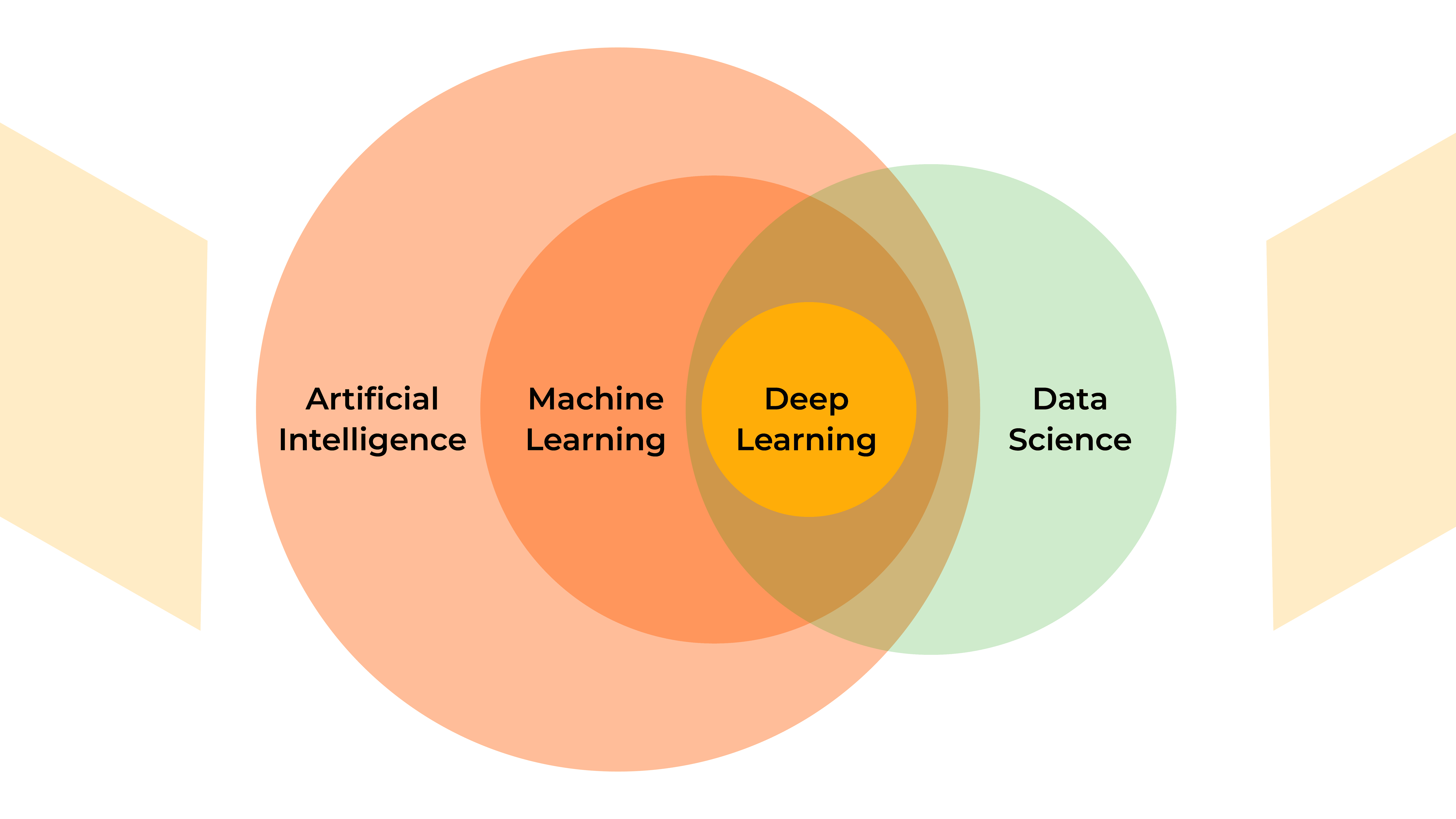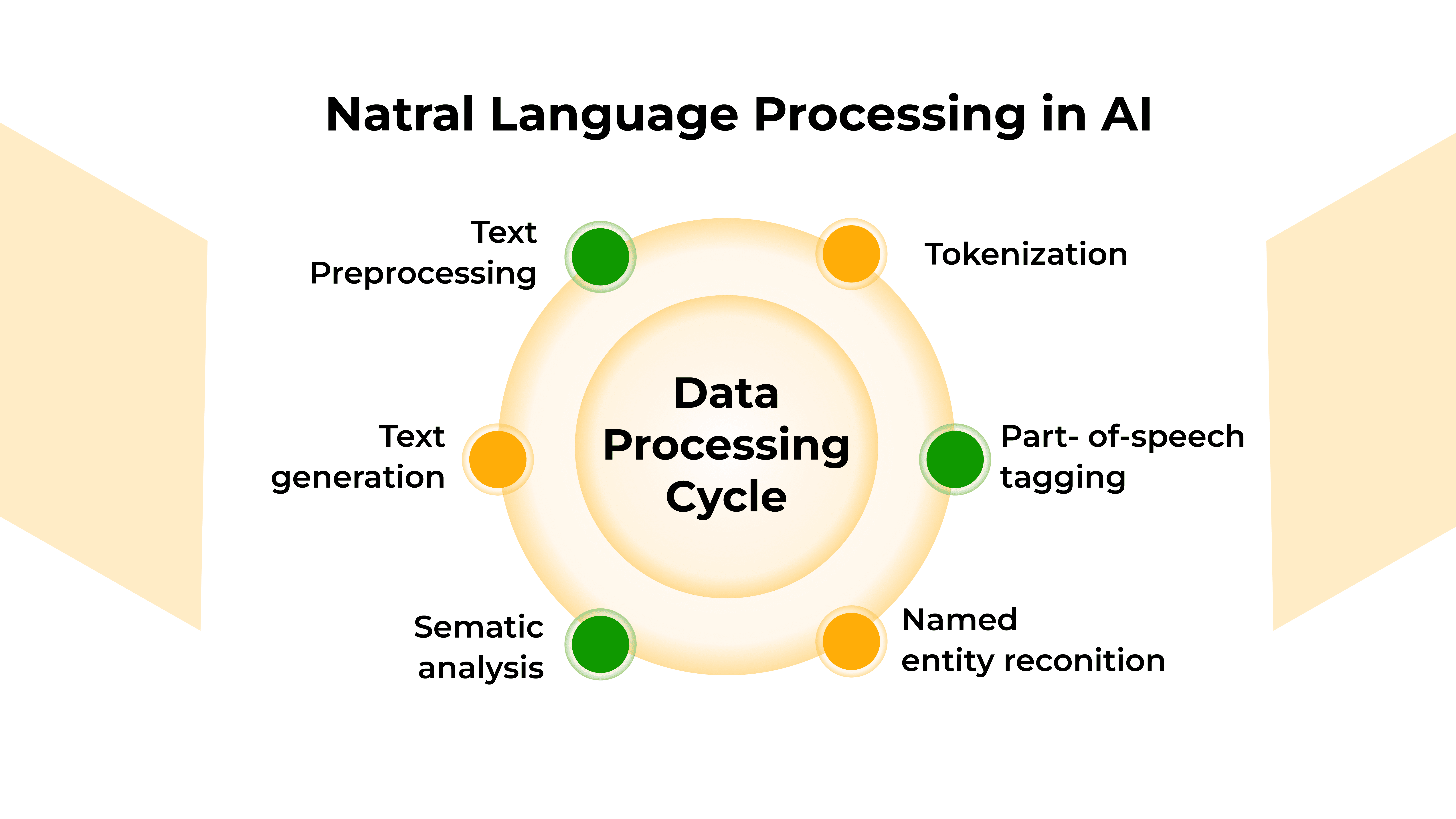business resources
Key Concepts of AI Powering Intelligent Machines
11 Jul 2025, 0:26 pm GMT+1
Key Concepts of AI Powering Intelligent Machines
Artificial intelligence is revolutionising industries, but do you know what makes it tick? Discover the five fundamental AI concepts. Whether you're optimising operations or enhancing customer experiences, understanding these pillars will future-proof your organisation. Learn how AI really works and how to leverage it for explosive growth!
Artificial Intelligence (AI) has evolved from science fiction to a $500 billion industry that's reshaping our world. By 2030, AI is projected to contribute a staggering $15.7 trillion to the global economy.
AI is now integrated into almost every aspect of daily life, from voice assistants like Siri and Alexa to advanced healthcare solutions predicting patient outcomes.
But what exactly makes AI work?
Data, Training, Machine Learning, Neural Networks, and Natural Language Processing (NLP).
At its core, AI is built on five essential concepts: These concepts form the backbone of modern AI technologies, enabling machines to perform tasks that traditionally required human intelligence.
Let’s break them down, one by one, and see how they work together to create intelligent systems.
5 key concept of Artificial Intelligence
1. Data
Imagine trying to teach a child what a "cat" is without ever showing them a picture of one. Tricky, right? Similarly, AI needs data, lots of it, to learn and make decisions.
Data is at the heart of AI.
Without it, there would be no learning, no predictions, and no insights. AI models need vast amounts of high-quality data to learn patterns and make informed decisions.
The key to AI’s effectiveness lies in how well it can utilise this data.
Why is Data Crucial?
AI systems, especially those based on Machine Learning (ML) and Deep Learning, learn by identifying patterns in data. Whether it’s structured data (such as tables and databases) or unstructured data (like images, audio, and text), the quality, quantity, and diversity of this data directly impact the AI system’s accuracy and performance.
- Recognition of trends and patterns: AI can identify underlying patterns in large datasets that humans might miss.
- Accuracy in predictions: The more comprehensive the data, the more precise AI predictions become.
- Adaptability: High-quality, diverse datasets enable AI to handle a variety of inputs and adjust to new scenarios.
Types of Data
- Structured Data: This is data that is organised in tables or spreadsheets. It’s easy to read and analyse using traditional methods.
- Unstructured Data: This type includes text, images, and audio that don’t have a predefined structure. AI systems must process this data through more complex methods, such as image recognition or natural language processing.
2. Training
Data alone isn’t enough, AI needs training to understand it.
Think of training an AI like teaching a dog new tricks: repetition, correction, and rewards help it improve.
Training an AI model is the process of teaching it to make accurate predictions or decisions based on input data. This is achieved by feeding data into the model, computing errors, and optimising performance over time.
Think of it as teaching a student, initially, they make mistakes, but with feedback, they improve.
Types of Training
AI training typically falls into three categories: Supervised Learning, Unsupervised Learning, and Reinforcement Learning.
1. Supervised Learning
- What it is: This is the most common type of training, where the model is trained using a dataset that includes both input data (features) and output data (labels). The AI is “supervised” because it learns from known examples.
- How it works: The model compares its predictions to the actual labels and adjusts its internal parameters to minimise errors.
- Examples:
- Spam detection: The AI is trained on emails labelled as “spam” or “not spam”.
- Image recognition: The AI learns to identify objects in images, such as distinguishing cats from dogs.
2. Unsupervised Learning
- What it is: In this approach, the data doesn’t come with predefined labels. Instead, the AI must find its own patterns or groupings in the data.
- How it works: The AI identifies hidden structures and relationships in the data.
- Examples:
- Customer segmentation: AI groups customers based on purchasing patterns, without prior labels.
- Anomaly detection: AI detects unusual patterns, such as fraudulent transactions in banking.
3. Reinforcement Learning
- What it is: This is a goal-oriented method where an AI agent learns by interacting with its environment. The agent receives rewards or penalties based on its actions, helping it optimise decision-making over time.
- How it works: The AI takes actions, gets feedback (reward or penalty), and adjusts its actions to maximise long-term rewards.
- Examples:
- Self-driving cars: AI learns to drive by receiving feedback for staying in the lane or avoiding obstacles.
- Game playing: AI learns strategies by playing games like chess or Go.

3. Machine Learning
Machine Learning (ML) is the subset of AI that enables systems to learn from data without being explicitly programmed.
Instead of rigid rules, ML uses algorithms to find patterns.
Machine Learning (ML) is a subset of AI focused on creating algorithms that allow machines to learn from data without being explicitly programmed. Unlike traditional software, which follows a fixed set of instructions, ML allows computers to improve over time by learning from patterns in data.
ML uses statistical algorithms to process and learn from data. These algorithms adapt as they are exposed to more data, making them more effective over time. The goal is to build models that can generalise well to new data, not just the data they’ve been trained on.
Why Machine Learning Matters
- Automates decision-making: ML algorithms can make decisions based on data, freeing up human resources for more complex tasks.
- Scalable: Once trained, ML models can be deployed at scale, handling large datasets much faster than humans can.
- Improved accuracy: With more data, the model’s predictions get more accurate, enhancing business intelligence, fraud detection, and even medical diagnosis.
4. Neural Networks
Neural networks are the building blocks of deep learning, designed to imitate how our brains process information.
Neural Networks are a class of algorithms inspired by the human brain, designed to mimic the way humans process information. They consist of layers of interconnected nodes, known as neurons, which process input data and pass it along through the network.
How Neural Networks Work
Neural networks operate by adjusting the weights and biases of connections between neurons. The model learns to identify features in data by processing it through multiple layers of neurons. This allows it to perform tasks like image recognition, language processing, and even decision-making.
- Feedforward Neural Networks (FNNs): The simplest form of neural networks where data flows in one direction, from input to output.
- Convolutional Neural Networks (CNNs): Primarily used for image and video processing. These networks are especially good at identifying objects and patterns in visual data.
- Recurrent Neural Networks (RNNs): Designed for sequential data, such as time-series forecasting or natural language processing. RNNs can remember previous inputs, making them ideal for tasks like speech recognition.

5. Natural Language Processing (NLP)
Ever chatted with a customer service bot or used Google Translate?
That’s NLP in action, AI’s ability to understand, interpret, and generate human language.
Natural Language Processing (NLP) allows AI systems to understand, interpret, and generate human language. It's what powers everything from Siri and Google Assistant to machine translation and sentiment analysis.
Key Techniques in NLP
- Tokenization and Parsing: This involves breaking text into smaller parts (tokens) like words or phrases, which can then be analysed for meaning.
- Named Entity Recognition (NER): This identifies key pieces of information in text, such as names, dates, or locations.
- Sentiment Analysis: NLP can determine the emotion behind a piece of text, helping businesses understand customer feedback or social media posts.
- Transformers (e.g., GPT, BERT): These are advanced models that enable more accurate language understanding and generation. For example, GPT (Generative Pre-trained Transformer) is behind this very conversation!
Share this
Dinis Guarda
Author
Dinis Guarda is an author, entrepreneur, founder CEO of ztudium, Businessabc, citiesabc.com and Wisdomia.ai. Dinis is an AI leader, researcher and creator who has been building proprietary solutions based on technologies like digital twins, 3D, spatial computing, AR/VR/MR. Dinis is also an author of multiple books, including "4IR AI Blockchain Fintech IoT Reinventing a Nation" and others. Dinis has been collaborating with the likes of UN / UNITAR, UNESCO, European Space Agency, IBM, Siemens, Mastercard, and governments like USAID, and Malaysia Government to mention a few. He has been a guest lecturer at business schools such as Copenhagen Business School. Dinis is ranked as one of the most influential people and thought leaders in Thinkers360 / Rise Global’s The Artificial Intelligence Power 100, Top 10 Thought leaders in AI, smart cities, metaverse, blockchain, fintech.
previous
Office Relocation Checklist: A Step-by-Step Guide to a Smooth Office Move
next
SingularityNET, ASI Alliance, AGI: Dinis Guarda Interviews Janet Adams, COO Of SingularityNET